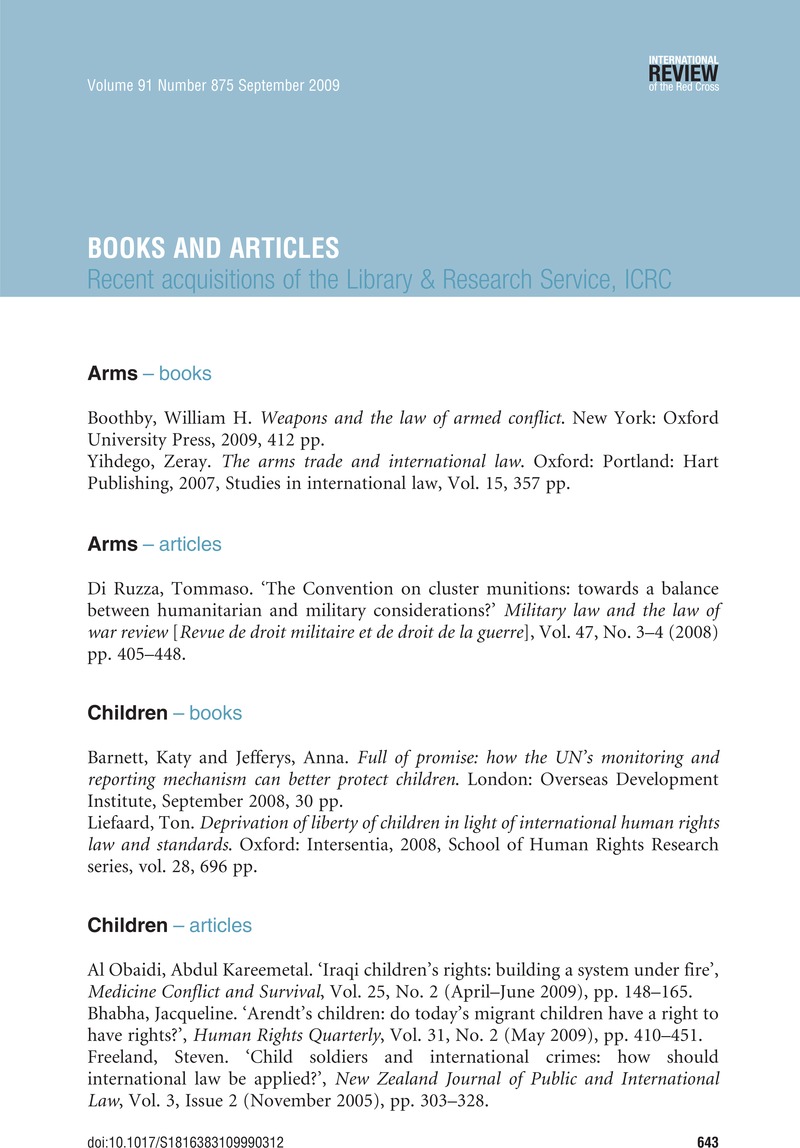Terracino, Julio Bacio. ‘
National implementation of ICC crimes: impact on national jurisdictions and the ICC’,
Journal of International Criminal Justice, Vol.
5, No.
2 (1 May
2007), pp.
421–
440.XVIIIème Congrès International de Droit Pénal: Colloque Préparatoire, Xi'an (Chine), 12–15 octobre 2007: section IV: droit pénal international, compétence universelle [XVIIIth International Congress of Penal Law: Preparatory Colloquium, Xi'an (China), 12–15 October 2007: section IV: international criminal law, universal jurisdiction] [XVIII Congreso Internacional de Derecho Penal: Coloquio Preparatorio, Xi'an (China), 12–15 octubre 2007: sección IV: derecho penal internacional, jurisdicción universal]
Revue internationale de droit penal [
International Review of Penal Law] [
Revista Internacional de Derecho Penal], 79e année, 1er et 2e trimestre (
2008),
196 pp.
CrossRefGoogle Scholar 